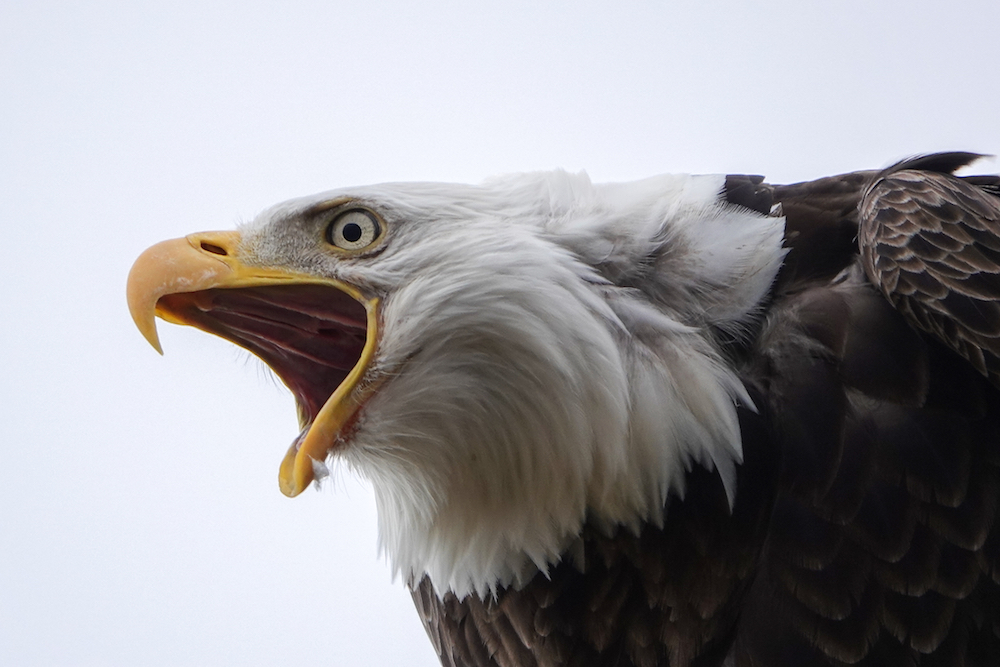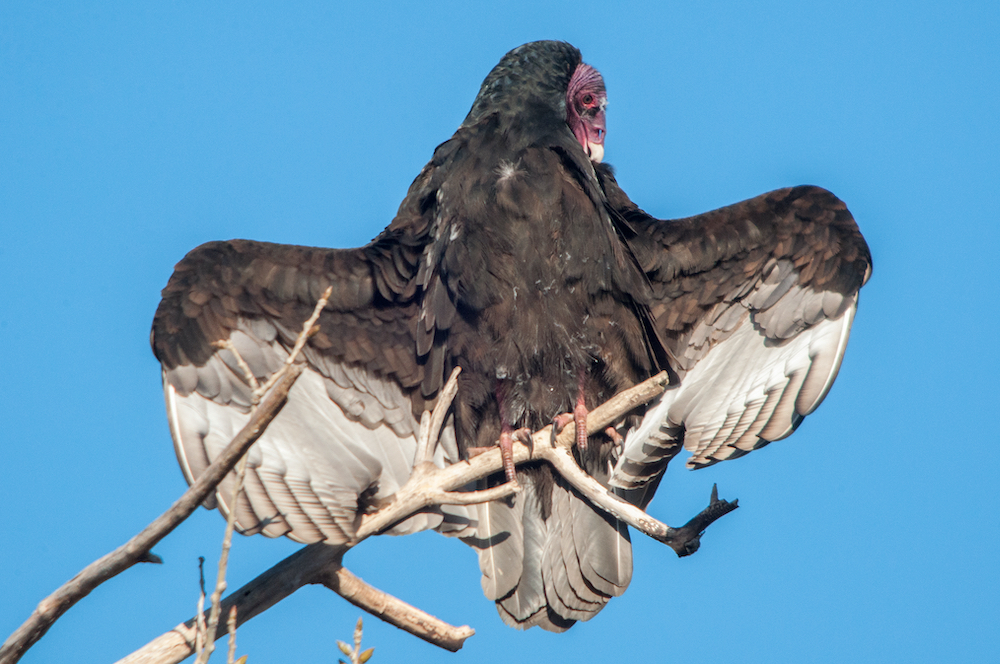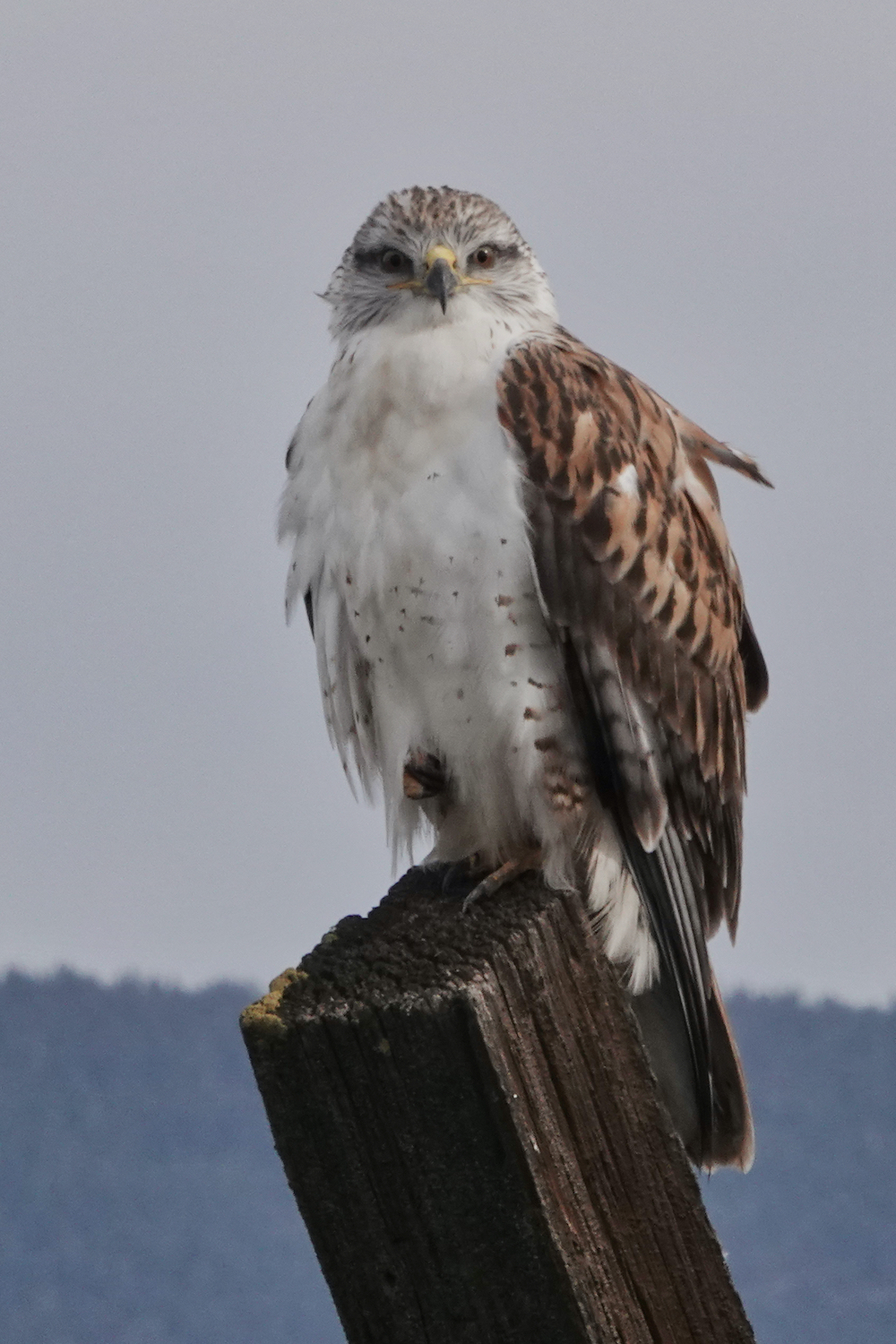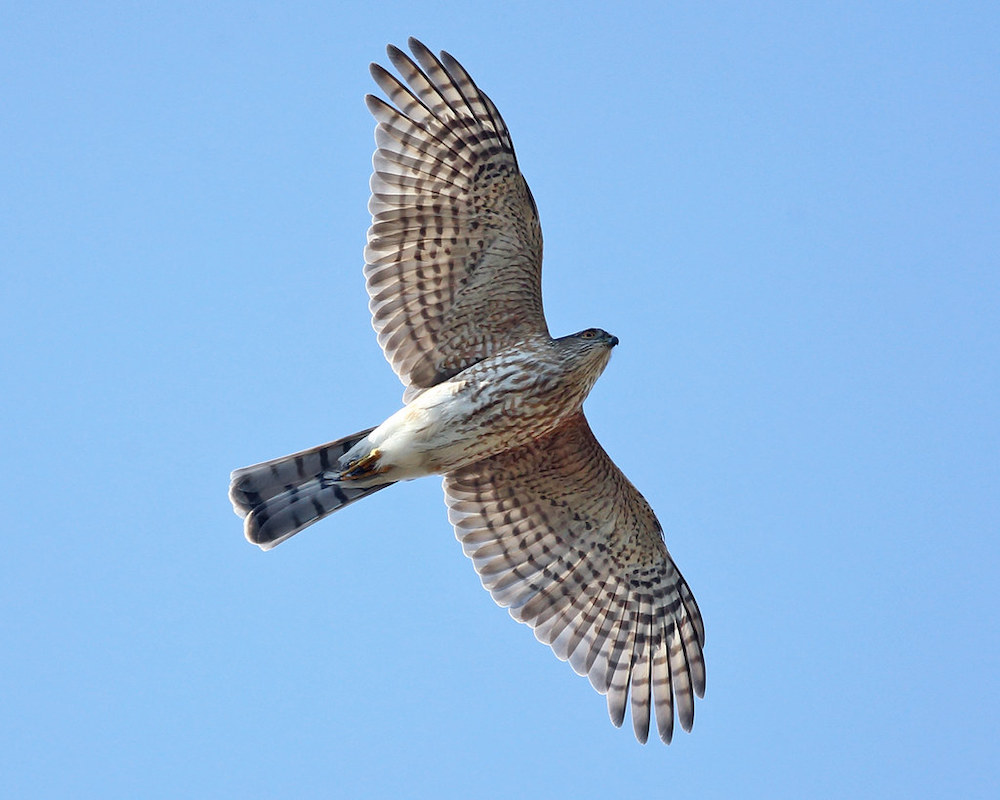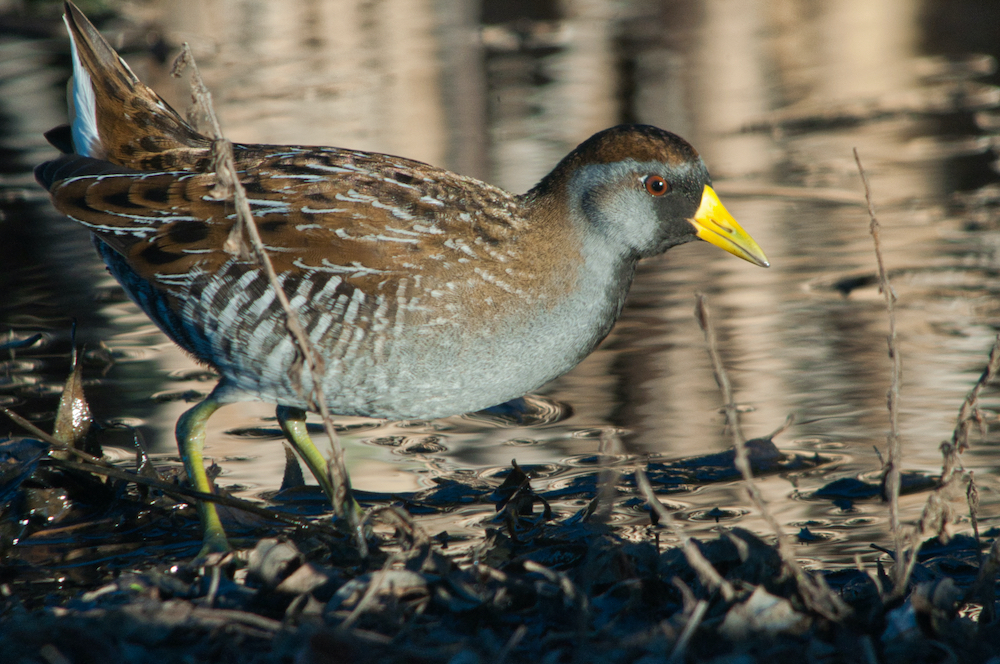
This is a no fee area and a very active hotspot this time of the year, especially with all the recent weather events we have had in 2023 so far. We are planning to meet at the Bass Pond Parking Lot at, 22459 Bend Ferry Rd, Red Bluff, CA 96080, at the main entrances to the Wetlands. Link: https://maps.app.goo.gl/
This half-day event should yield many varieties of waterbirds, raptors, woodpeckers, and many songbirds in this unique and open wetlands area. From the parking lot we will start with a walk on a two-mile loop through several ponds to the south side of the road. If time permits, we will take a short drive to Payne’s Creek Crossing to round out our journey.
Please contact Dan Bye, by text/cell 530 228 9373 or email danbye56@gmail.com for more information.

